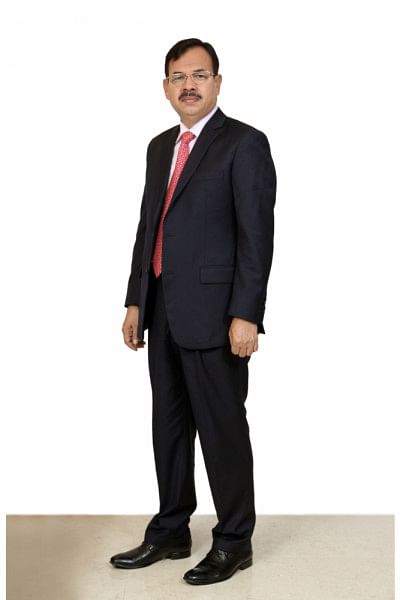“Now the import ratio has been reduced by 85-95% for the main ceramic products”

In conversation with Shirajul Islam Mollah, MP, President of Bangladesh Ceramics Manufacturers and Exporters Association (BCMEA) and Managing Director, China-Bangla Ceramic Industries Limited
Please share your insights into the ceramics industry. What is the next five-year plan?
The ceramics sector is currently in the developing stage. Earlier, all ceramic-related products had to be imported, but now the import ratio has been reduced by a significant 85 to 95 percent for the main products (ceramic tiles, sanitary ware, and tableware). With increasing demand, production has been increased by making proper use of the available resources (wages, quality of skilled manpower and gas prices) which, compared to our neighbouring countries (e.g. India and China), are much more favourable and hence this puts us in a stable position, since the main products are gas-based.
The raw materials of the ceramics industry have to be imported. This leads to us facing lots of challenges. Whether the containers of raw materials arrive from China or Italy, the destination is Chattogram port. Sometimes, it takes us 50-60 days to just process the shipments at the port which causes us huge damages. This is an area where government intervention is required as businesses suffer from such occurrences. One of the reasons is that the Chattogram port is overbooked, with about 160 to 170 ships waiting to be unloaded whereas the capacity to unload is only seven to eight ships. Moreover, food items and products or materials which need to be urgently unloaded get priority, further prolonging processing times.
Currently, there are about 62 companies in the ceramics sector. In the next five years, I believe that this number will cross 100. An increase in demand and a rise in the number of entrepreneurs are going to be the two driving forces behind this. Our major future plans include fulfilling local demands and exporting at a large scale.
If we are to increase the size of the industry, the importance of exports cannot be overstated. The government needs to at least increase the incentive on exports to 20 percent from the current 10 percent.
Currently, we are producing sanitaryware, kitchenware, and tiles. What is the scope for further growth and improvement?
The growth aspect in the tiles, tableware and sanitaryware sub-sections of the industry is vital. Over the last year, we have experienced increasingly positive growth rates, thus this is a good sign.
The government needs to provide upgraded versions of all the elements needed for production of ceramic products. Automation processes usually exist in production. All the raw materials aside, the work involved in the production is completely machine-based, not a manual process.
The government has imposed a one percent customs duty charge on the machinery involved in the ceramics industry.
What are the challenges? How can we overcome them?
LNG production is something which has already come into the pipeline. We are getting gas, as required, without much problem. Coals can be used as complete substitutes for natural gas. However, using gas as a raw material involves a uniform system, which might be preferred.
Each country adapts to what it has, whether a resource be limited or in abundance. There is a factory in Khulna which is already using the coal-based process in production. In Bhola, there is gas so they are usually gas-oriented. Thus, alternate methods of production will allow the re-allocation of resources in an efficient manner.
Since we have been doing expos for quite some time, what has been the outcome so far? What was the output from last year’s expo? What are the expectations from the upcoming expo?
The first ceramics fair took place last year, at the Bashundhara Convention Centre, where representatives of the ceramics industry, including 13 multinationals and some local companies, were present. This year we will be holding the second edition of the fair from December 5 to 7, 2019. This year, we plan to welcome representatives from 20 different foreign companies along with most of the major local companies which will be represented by their own employees and directors.
The ceramics fair is a great initiative, especially considering the developmental stage the ceramics industry finds itself in. We have the required skilled manpower, resources (gas at reliable prices) and the potential to import LNG gas. These three components will help increase the size of the overall industry.
The positive outcome of the fair will be that the different stages of production will come together to plan for the future while also promoting the ceramics industry in Bangladesh. The fact that the ceramics industry is producing these products in Bangladesh is not known by most people.
My request to everyone is to come to the fair and explore and get to know how the ceramics industry functions and what it produces. The innovations and advancements of the ceramics industry can be discovered, where people can understand its value in the overall development context of Bangladesh. We will, thus, be able to present, to the world, foreign entities and our local markets, the idea that Bangladesh is the right place to develop the ceramics industry.

 For all latest news, follow The Daily Star's Google News channel.
For all latest news, follow The Daily Star's Google News channel. 



Comments